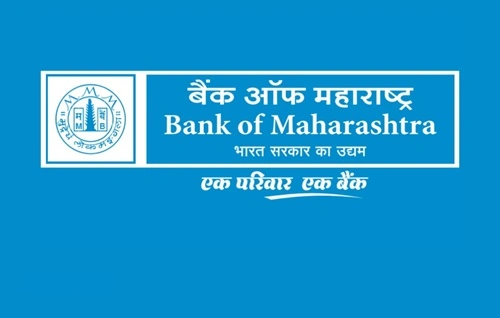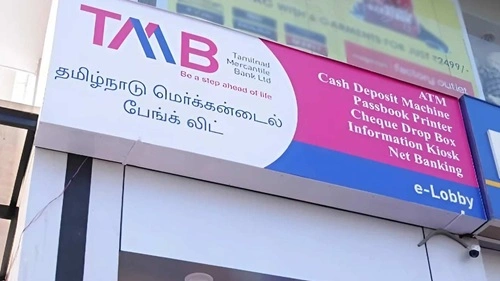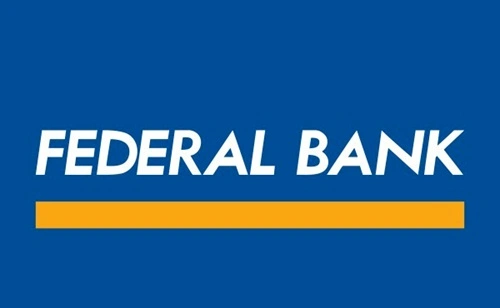Yes, Bank of Maharashtra is a nationalised bank right here in India, and it was nationalised with 13 other banks back in 1969. Though right now, it is actually the 2nd smallest nationalised bank after the Punjab & Sind Bank, but still, it is doing fairly decently in the Indian banking scene as of 2025.
A Quick Look at Bank of Maharashtra’s History

Bank of Maharashtra was established on 16th September 1935 at Pune. A handful of men initiated it with the aim of reaching those handicapped by the system to get much-needed access to the basic banking facilities. Banking activities commenced on 8th February 1936. It became a scheduled bank in 1944, and by 1946, its deposits had crossed ₹1 crore.
In 1958, the Bank was listed on the Bombay Stock Exchange. In July 1969, the bank was nationalised along with 13 other banks. A few months hence, on December 19, 1969, it opened its first branch in Delhi at Karol Bagh.
During the 1970s, the bank was flourishing. Deposits in 1974 crossed the sparkle barrier of ₹100 crores. Then in 1976, it took a great leap forward in promoting rural banking by sponsoring the Marathwada Gramin Bank.
Financial Highlights (As of March 2025)
There are a few numbers you should definitely look at to get the full idea of how well this bank has been doing in the last few years or so. Here:
- Quarterly Net Profit: ₹1,493.08 crore (23% increase YoY)
- Net Interest Margin (NIM): 4.01%
- Income from Lending: ₹3,116 crore
- Total Income (Q4): ₹7,711.44 crore
- CASA Ratio: 53.28% of total deposits
- Gross NPA: 1.74%
- Net NPA: 0.18%
- Provision Coverage Ratio: 98.26%
For the full financial year ending 31 March 2025:
- Annual Net Profit: ₹5,519.79 crore (36% rise YoY)
- Total Income: ₹28,401.62 crore
- Operating Profit: ₹9,319.03 crore
- Capital Adequacy Ratio (Basel III): 20.53%


